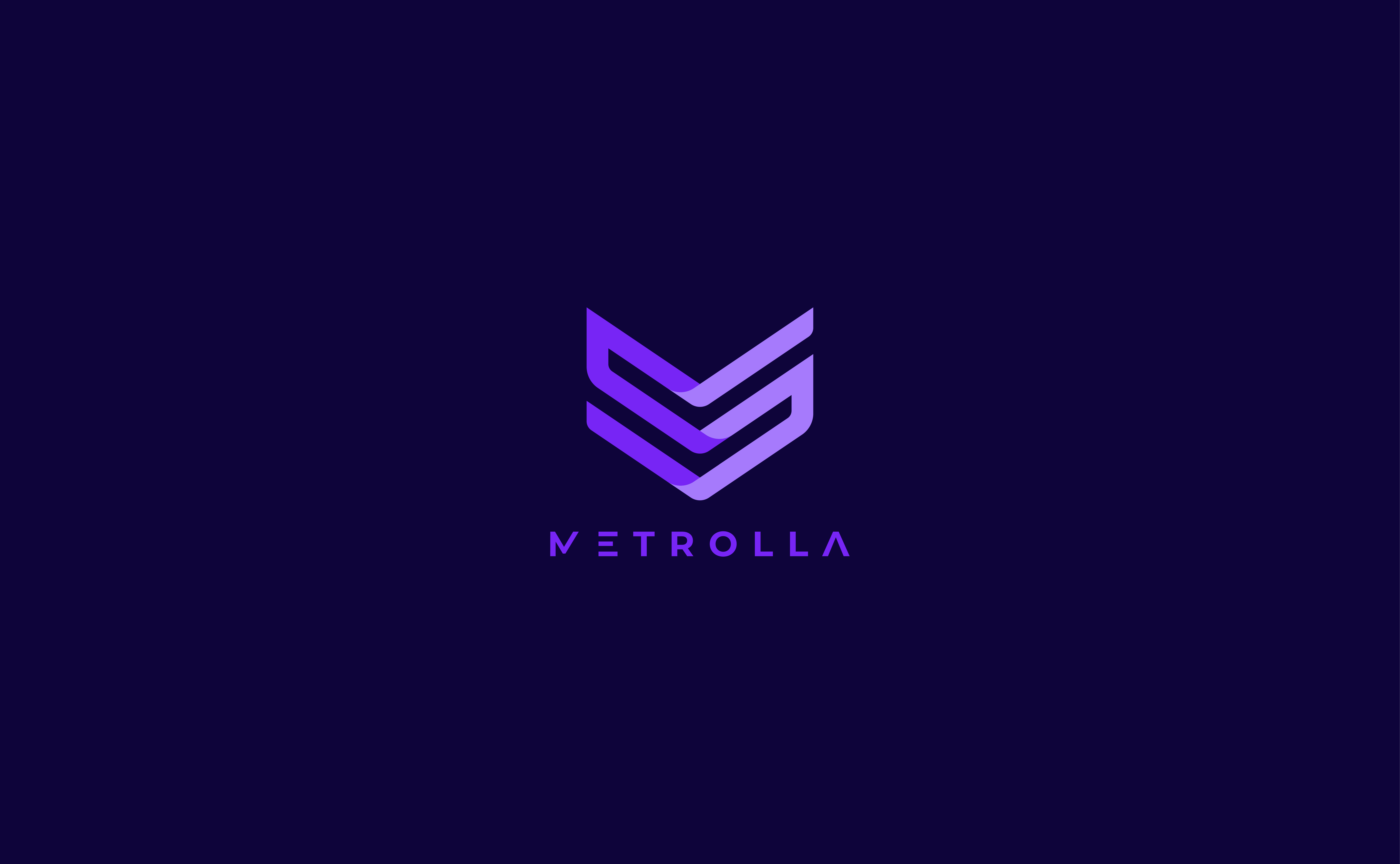
By: Adam Szablya
Date: 10/12/2024
It is not super obvious how one would download oursoftware and that is by design. The Metrolla Software is provided to our Licensed providers in two forms. The first is Docker and the second is K3S. There is no download link or file download provided. The code is built into container images and shipped in that format to customers via customer specific credentials. At Metrolla we strive to make working with our product a seamless and easy process. As a result we provide Helm Charts to our partners to assist in setting up your environment.
Our Charts are located here and access is granted via customer or partner specific credentials:
https://github.com/Metrolla-Inc/HelmCharts
Additionally we provide initialization scripts in the Helm Charts that automates the setup and deployment of the code with Ansible to automate the below steps.
Debian or Ubuntu
Helm
Docker
K3S
Ansible (Optional and Recomended)
It is recommended that you use Ansible playbooks to download and install all steps easy and simple.
Follow the steps here: https://helm.sh/docs/intro/install/
or use my preferred method "From Script"
Helm now has an installer script that will automatically grab the latest version of Helm and install it locally.
You can fetch that script, and then execute it locally. It's well documented so that you can read through it and understand what it is doing before you run it.
Yes, you can curl https://raw.githubusercontent.com/helm/helm/main/scripts/get-helm-3 | bash if you want to live on the edge.Follow the steps here: https://docs.docker.com/engine/install/
Install Docker Engine
This section describes how to install Docker Engine on Linux, also known as Docker CE. Docker Engine is also available for Windows, macOS, and Linux, through Docker Desktop. For instructions on how to install Docker Desktop, see:
Set up Docker login and Kubernetes secrets
This playbook is designed to be run on localhost with elevated privileges (i.e. sudo or root access).
The Docker credentials and registry are specified using variables:
Follow the steps here: https://docs.k3s.io/installation
Make sure you meet the requirements for the install: https://docs.k3s.io/installation/requirements?os=debian
Setup k3s environment:
Deleting any existing Kubernetes secrets
The next step is to remove the existing Kubernetes secret named regcred, ignoring any errors (for instance, the secret might not exist):
Create new Kubernetes secret:
The new secret, also named regcred, is created from the saved Docker config:
Check if containers are already there and delete existing
Before deploying the new pods, delete any existing ones defined in ../pods.yaml:
It is recommended you use Ansible to make the download and deployment easy.
Finally, deploy the pods defined in ../pods.yaml:
you can then acccess the GUI via a browser at computer-hostname.local
Please share your details with us so we can best assist you.
Alternatively if you are in a rush you can find time to meet with us here
